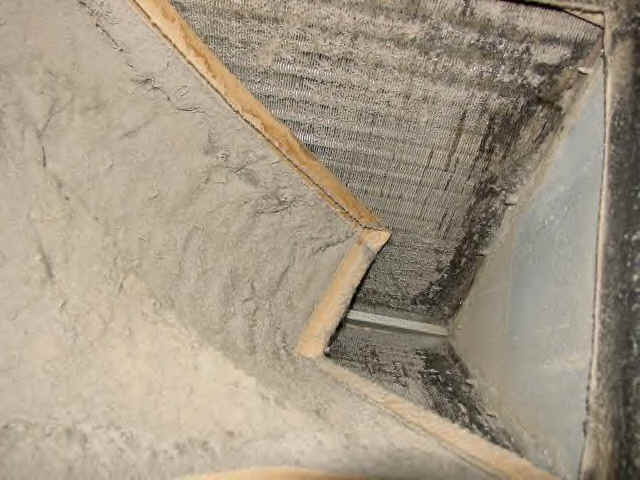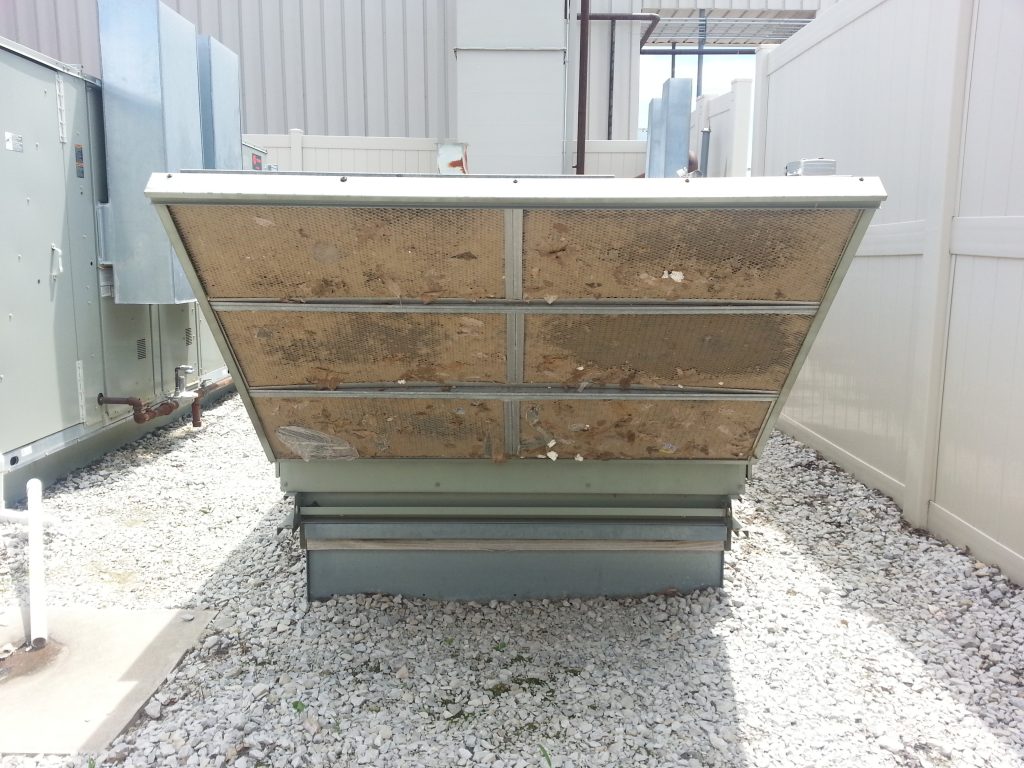Prevent Mechanical Equipment Clogging
Why Most High Efficiency Condenser Coils Never Deliver The Energy Savings Promised:
High efficiency condenser coils typically take the form of “micro-channel” coils which is a coil configuration that has a greater fin density per inch in the same footprint as a std. efficiency coil – so, if a std. efficiency coil has 10 fins per inch, the high efficiency system may have 20 fins per inch. The purpose for increasing the fin density is to increase the surface area for air to flow across so as to help reject the heat faster resulting in shorter fan motor and compressor run times – thus reducing energy cost. However, the reality is that when fins are closer together vs. further apart as on std. efficiency equipment, they tend to act like a higher efficiency filter than the std. efficiency system resulting in the condenser coils trapping more debris and clogging sooner between maintenance cycles and causing them to run longer in a fouled condition between cleanings vs. standard efficiency systems – The irony of this is that the very machines that have the capacity of delivering energy cost savings becomes an “Energy Hog”. So the point is – no matter the efficiency rating, it is critical to protect your equipment in the first place to get the optimal efficiency your equipment is capable of providing. The following photo shows debris on Cottonwood Filter Screens that would have otherwise wound up inside the equipment.

Non-Stick Filter Screen enables easy cleaning without filter removal
Put an End to These Common Problems:
Condenser Coil Clogging (RTU’s, Chillers, Dry Coolers) Cottonwood Filter Screens will reduce / eliminates time consuming and damaging coil cleaning – Clean cottonwood filter screens instead of coils in a fraction of the time using a broom, shop vac, garden hose – even rain will rinse filter screens clean.
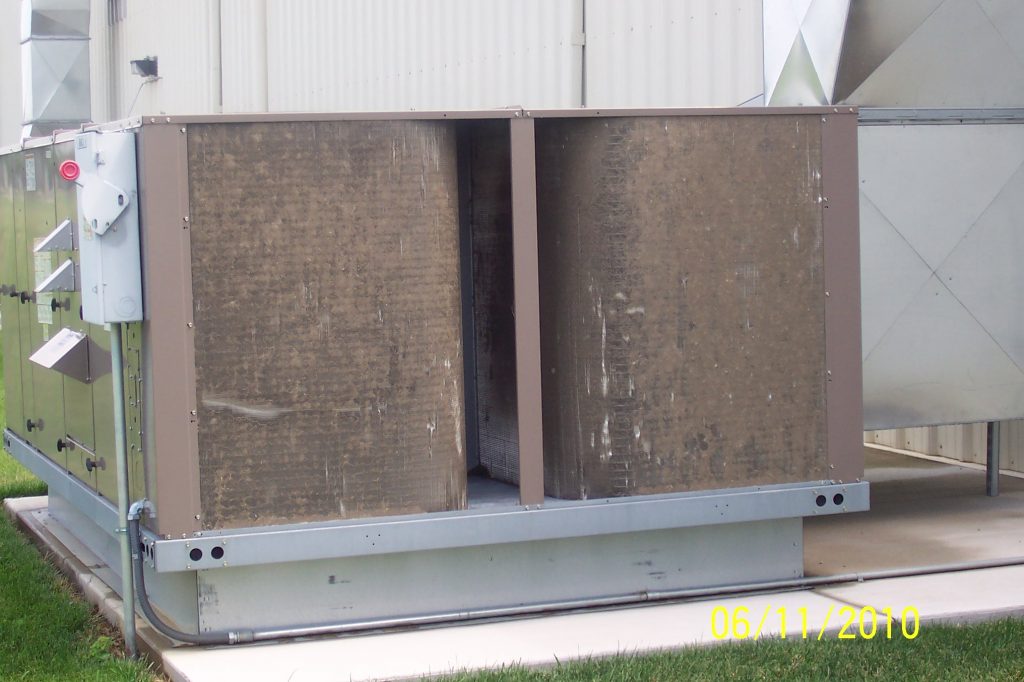
Cottonwood Seeds Clogging Condenser Coils
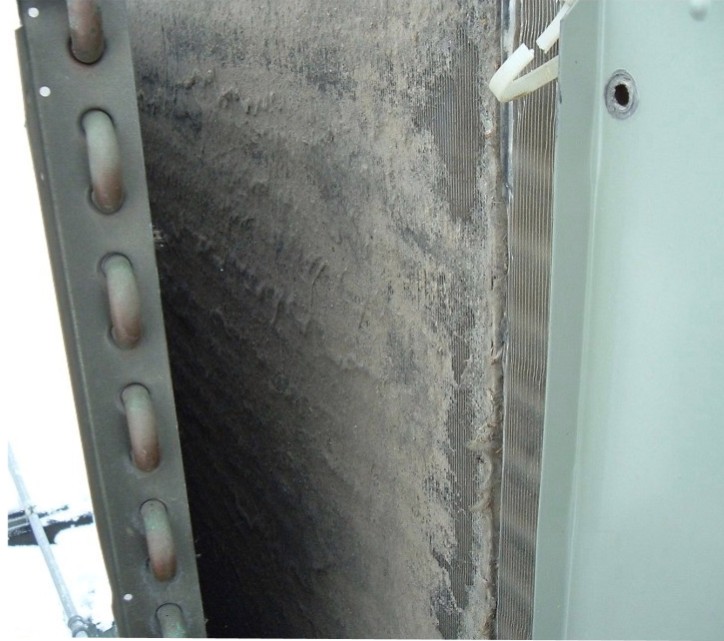
Cottonwood Seeds Clogging Coils
Premature Filter Face Loading (Air Handling Units, Economizers, Intake Hoods) Cottonwood Filter Screens prevent face loading and pre-mature clogging of internal filters and intake openings for longer service life.
Fill & Basin Fouling (Cooling Towers & Evaporative Condensers)Cottonwood Filter Screens stop airborne debris at its point of entry where it is easier to clean and manage. Filter screens also increases laminar airflow which introduces more air to the fill, thus increasing the evaporative capacity of the fill and resulting in more efficient heat rejection, shorter fan motor run times, reduced energy cost and lower water temperatures at the basin. Further, reducing debris inside the tower reduces the organic load on water treatment chemicals thus helping optimize chemical efficiency and enabling lower dosing levels.

Clogged Cooling Tower Fill – Cause: Algae & Airborne Debris
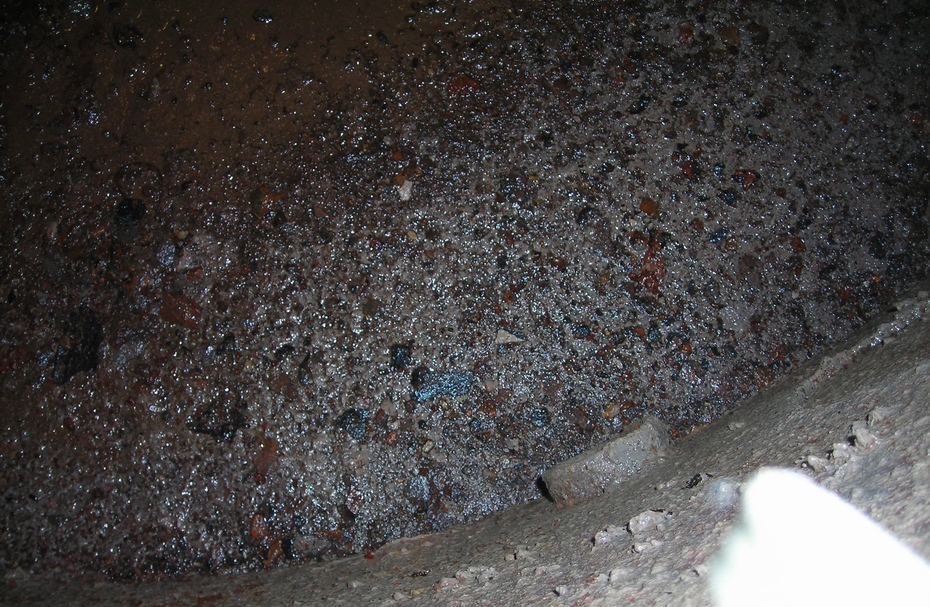
Sediment and Decomposed Organic Debris Sucked into Cooling Tower Intake and Settling in Basin – Clogging Cooling Tower.
Strainers, Loop Piping & Blow-down Valves (cooling Towers & Evaporative Condensers) Cottonwood Filter Screens has significantly greater surface area vs. strainers significantly increasing the time between maintenance cycles. Stopping airborne debris at its point of entry means it minimized debris in the system.

Clogged Cooling Tower Strainer
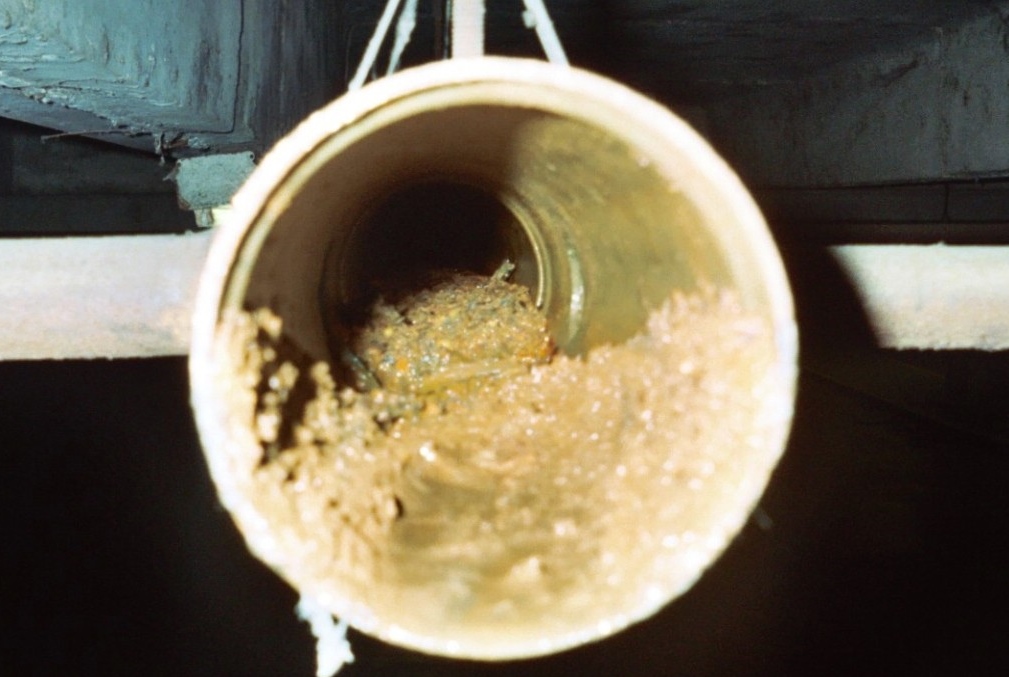
Sediment & Debris Clogging Cooling Tower Water Line
Heat Exchanger Clogging (Cooling Towers & Evaporative Condensers) Clogged heat exchangers will bring your system to a grinding hault. Cottonwood Filter Screens prevent clogging of coil and tube & frame heat exchangers by keeping debris outside of your cooling tower.






